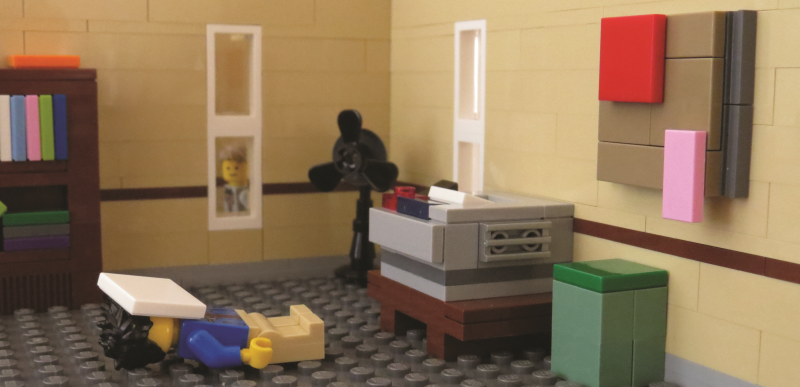
Connecting with Legos
Legos were my favorite toy as a kid. I had a 5-gallon tub of pieces that I slowly accumulated over birthdays and other holidays. When I went to college, I reluctantly had to hand off my tub to my younger cousins. I figured that was the end of Legos for me.
I hit some rough patches in graduate school when I felt burnt out. It seemed like I’d forgotten how to take a break to recharge myself. I would waste time on my computer watching videos, and by end the day, I would feel neither productive nor refreshed.
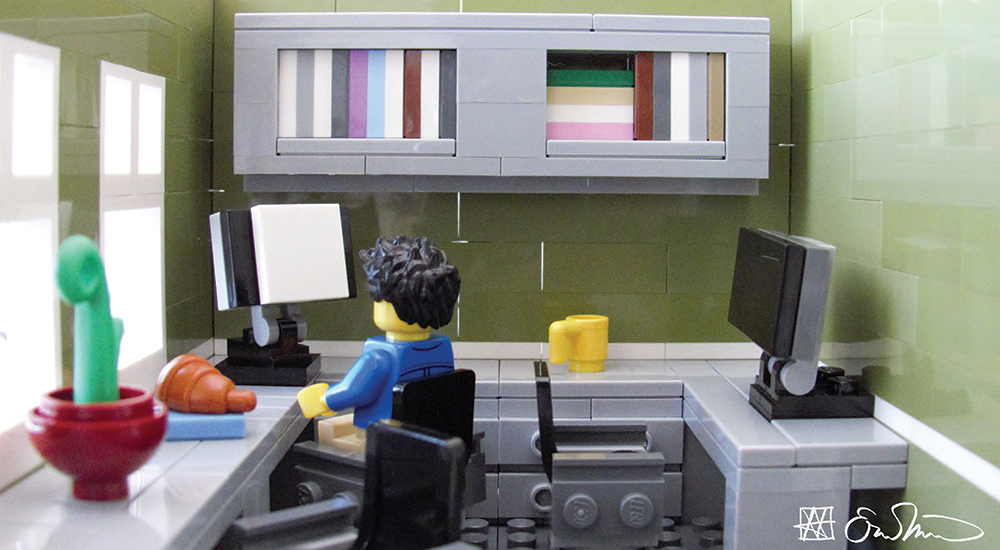
At those times, when I was looking for a pure distraction, I found myself thinking about Legos repeatedly. So once in 2013 and once last year, I went out to a Lego store and bought two large sets, larger than anything I had as a kid. Each time, I felt like I was living some sort of childhood dream — my mind would have exploded at age 12 if I had sets as large and expensive as these. They were a lot of fun to build, and I realized that Legos were still one thing that I really could enjoy without feeling guilty about work.
Once I finished building the second set, I remembered that my favorite part of playing with Legos was breaking everything apart and creating my own things. I now had more than 5,000 pieces from the two sets, so there was a lot that I could do. The first thing I randomly built was a small bathroom. I draped a small minifigure over the toilet to make it look like the figure was retching into the toilet, just because I thought it made for an amusing image.
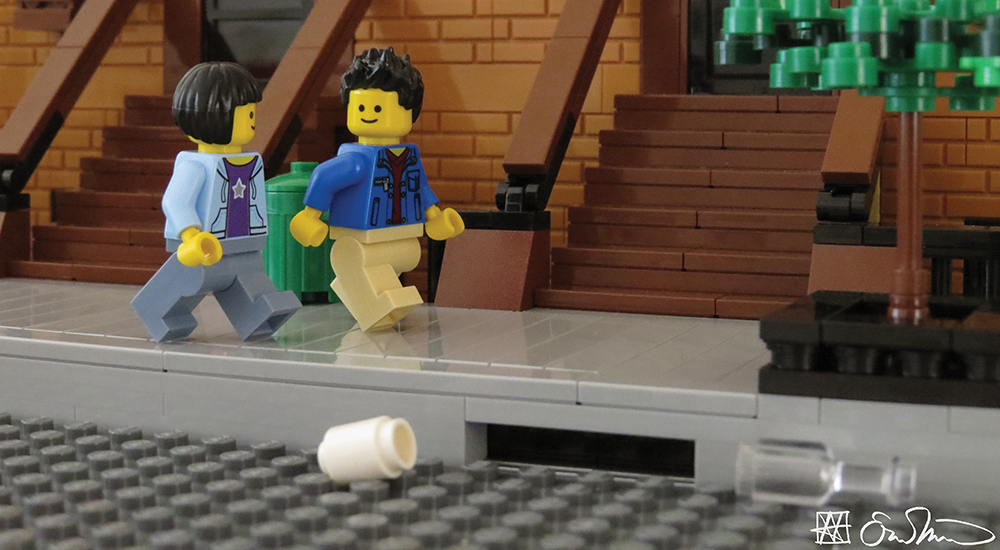
I wanted to create more things, but I wasn’t sure what to do next. I looked at my small bathroom creation and thought it might be interesting to come up with a story of why and how this minifigure ended up clinging to a toilet. Perhaps because I was in my own head, I decided I would create a short series of pictures where the figure was a graduate student who had a terrible meeting with his advisor. I worked backward to create the four images that ended up coming before it. Once I looped back to the bathroom scene, I was having too much fun. I realized that graduate school offered a lot of ideas for posts, so I decided to keep going.
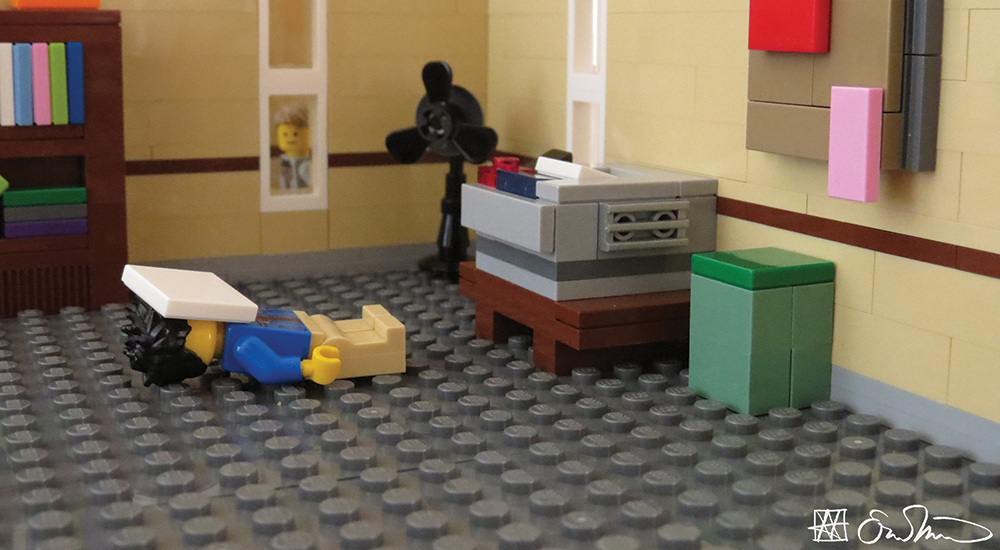
When I started making these Lego scenes, I only put them up on my personal Facebook account for friends. After a few were posted, some friends suggested that I also put them up on other social media platforms. I had no idea that they suddenly would take off after a couple months of posting. I truly didn’t expect any large number of people to see these posts, much less react so positively to them. (Editor’s note: Lego Grad Student now has more than 9,000 followers on Twitter.)
I first made these as a dark joke to myself (and I fully admit I have a dark sense of humor), but it was remarkable to hear people say that the posts really resonated with them. That was never my intent, but I am glad that these posts can help people feel like they’re not alone.
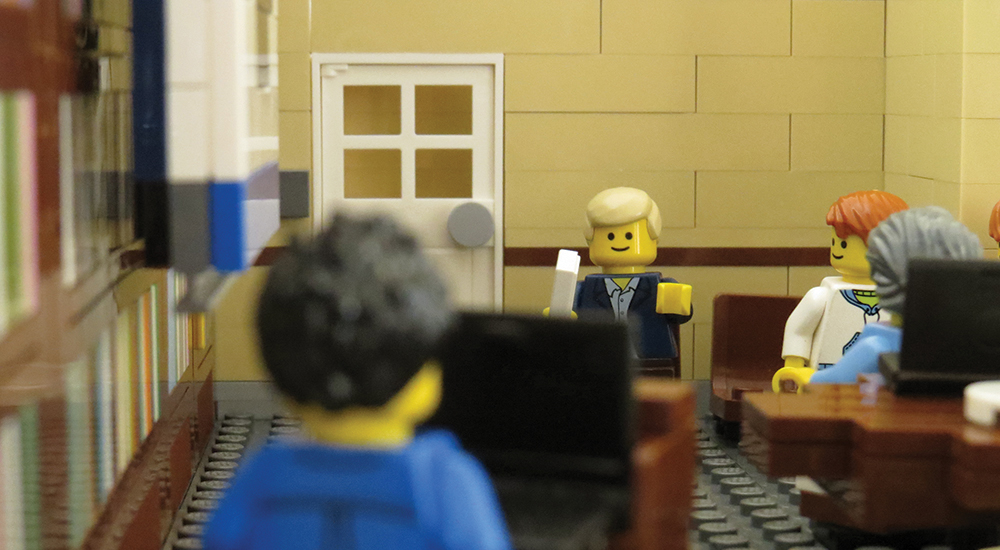
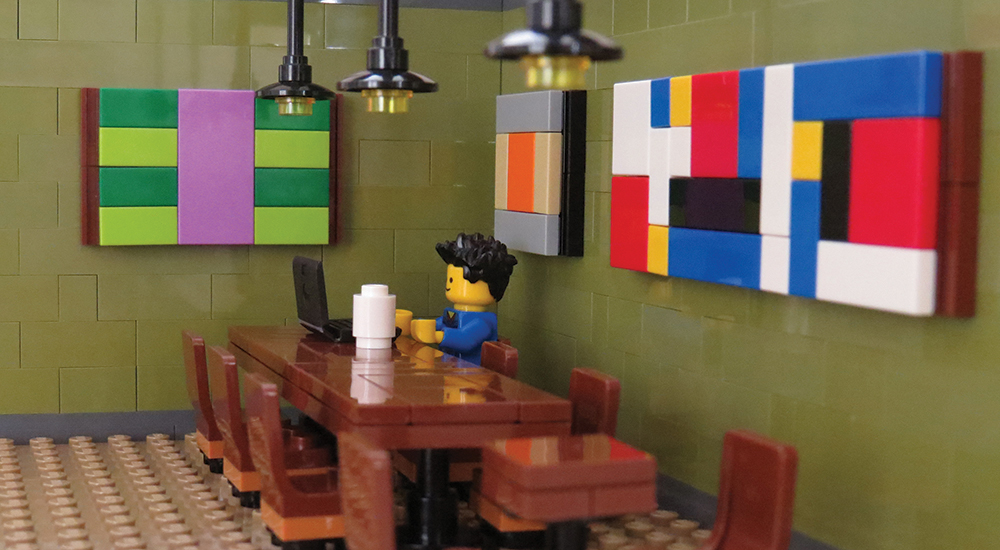
Enjoy reading ASBMB Today?
Become a member to receive the print edition four times a year and the digital edition monthly.
Learn moreGet the latest from ASBMB Today
Enter your email address, and we’ll send you a weekly email with recent articles, interviews and more.
Latest in Opinions
Opinions highlights or most popular articles
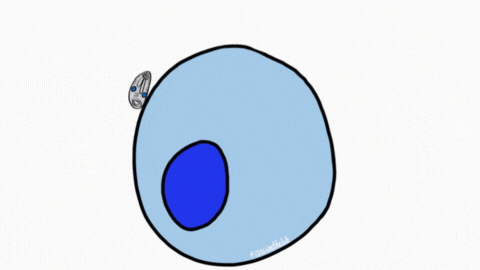
Sketching, scribbling and scicomm
Graduate student Ari Paiz describes how her love of science and art blend to make her an effective science communicator.
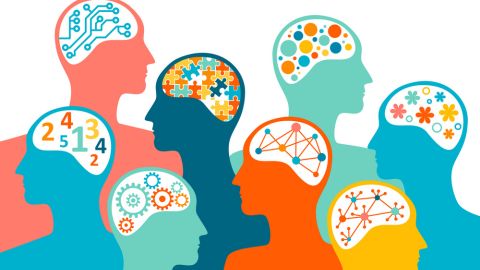
Embrace your neurodivergence and flourish in college
This guide offers practical advice on setting yourself up for success — learn how to leverage campus resources, work with professors and embrace your strengths.
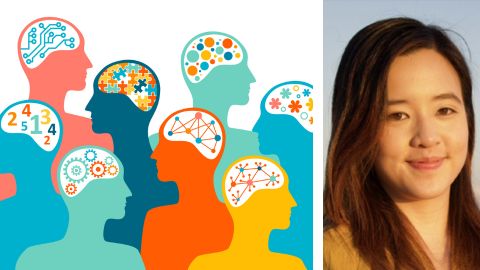
Survival tools for a neurodivergent brain in academia
Working in academia is hard, and being neurodivergent makes it harder. Here are a few tools that may help, from a Ph.D. student with ADHD.
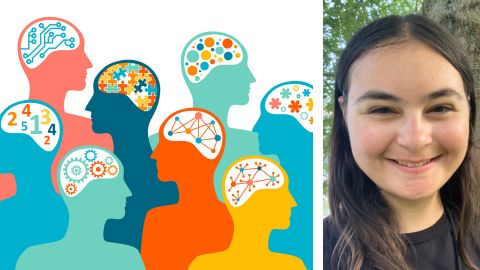
Hidden strengths of an autistic scientist
Navigating the world of scientific research as an autistic scientist comes with unique challenges —microaggressions, communication hurdles and the constant pressure to conform to social norms, postbaccalaureate student Taylor Stolberg writes.

Black excellence in biotech: Shaping the future of an industry
This Black History Month, we highlight the impact of DEI initiatives, trailblazing scientists and industry leaders working to create a more inclusive and scientific community. Discover how you can be part of the movement.
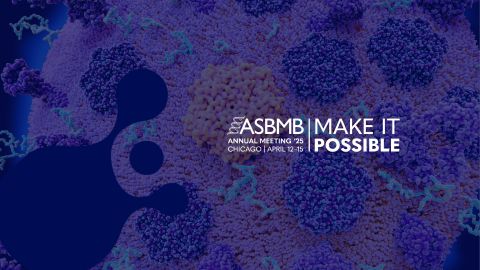
Attend ASBMB’s career and education fair
Attending the ASBMB career and education fair is a great way to explore new opportunities, make valuable connections and gain insights into potential career paths.

